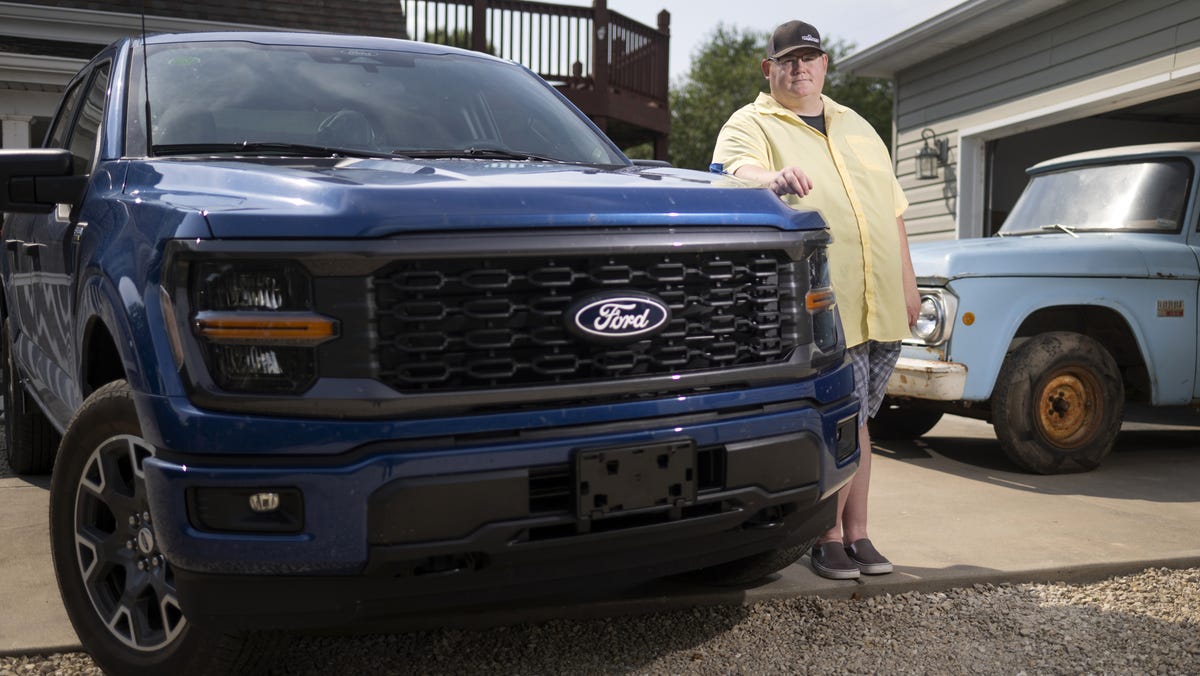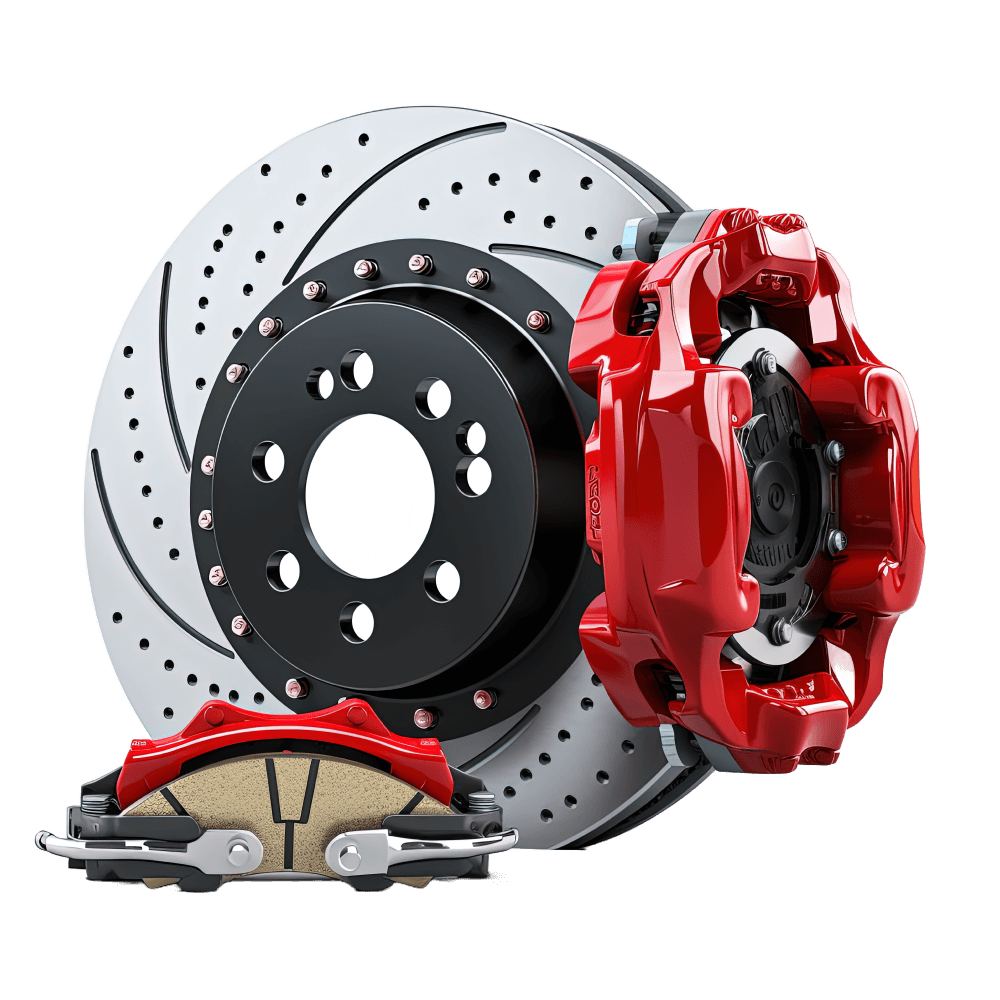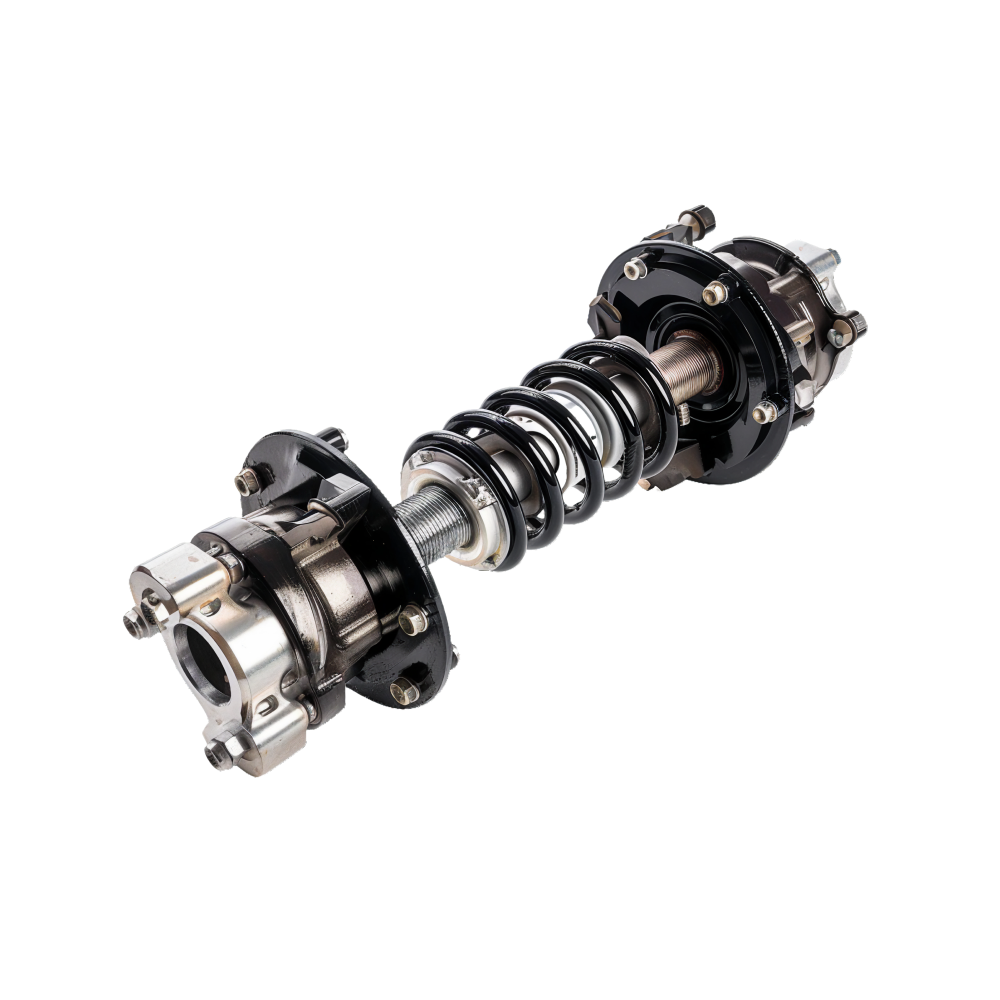Shirria McCullough so loved her new, black Honda Pilot SUV that at first, she didn’t pay close attention to the loan terms. It was only after someone online pointed them out that the panic set in.
McCullough, a licensed clinical social worker in North Carolina, has been trying to eliminate debt from her life while documenting the process on TikTok. After she posted about the $45,000 Pilot, bought in 2023, a viewer commented that they’d never heard of Honda Motor Co. offering loans lasting seven years. McCullough hadn’t realized the loan’s length. The thought of her and her husband paying interest for so much time — adding thousands of dollars to the overall cost — made her “feel sick to my stomach,” she said.
“That was like the nail in the coffin on us making sure we were going to get this car paid off within the next year,” said McCullough, 42. First, they refinanced the loan for six years through a local credit union, then they paid it off completely in June to be free of it. “It was not a financially wise decision, but thank God it’s paid off now,” she said.
Once rare, seven-year car loans are fast becoming the norm. They’re often the only way buyers can afford new rides, with average sale prices surging 28% in five years to approach $50,000. Compared to a five-year loan, they can make the difference between a $1,000 monthly payment and a $780 one. In the second quarter of 2025, seven-year loans represented 21.6% of all new-vehicle financing, according to Edmunds.com. Six-year loans, at one time considered the upper end of the range, are now the most common, accounting for 36.1% of loans in the second quarter. Some buyers are even going for eight-year loans, although they’re still a tiny fraction of the market.
“As a consumer, when you’re negotiating a car and you’re trying to figure out your monthly payment, the only lever you really have to control that payment is the term,” said Tyson Jominy, senior vice president of analytics at research firm J.D. Power.
But they come with steep downsides, for buyers and dealers alike. A long-term loan means the buyer builds equity in the car more slowly, so they may delay replacing the car, a problem for dealers who need repeat customers. And when drivers do trade in, they’re more likely to find themselves “upside down” — owing more on the loan than the car is now worth.
“We try to steer customers away from that,” said Mike Schwartz, vice president of dealer operations at Galpin Motors, a major Los Angeles dealership that sells Fords, Hondas, Volvos and several other brands. “We don’t want to put our customers in a position where, when their life changes and they come back in to trade it in, they’re heavily upside-down. It doesn’t do them any good, and it doesn’t do us any good.”
Longer loans also add to the total cost of the car. The average interest paid on an 84-month loan is $15,460, said Ivan Drury, director of insights at Edmunds.com. That’s $4,600 more than the average on a five-year loan, which used to be standard.
“People get wrapped up in thinking, ‘I can afford this right now, and things will get better for my situation, which will make this more affordable,’” Drury said. “But while your monthly payments stay the same, your other costs can be variable. And that’s where it can get dangerous, if there’s more inflation once we see tariff costs come through.”
Shorter-term loans haven’t gone away. But now, they’re mostly used by wealthy buyers who can afford to put down tens of thousands of dollars on a new vehicle, Drury said. Five-year loans represent about 19% of new-car financing, while four-year loans are about 6% of the total, and three-year loans are 4%.
There is an obvious alternative — leasing. It may require slightly larger monthly payments, but customers won’t have any difficulty getting out of the car at the end of the lease agreement. Leasing, however, comes with its own calculations.
Chris Johner had to decide between a long-term loan and a lease after a hailstorm in St. Louis severely damaged his 12-year-old Audi A8. The divorced dad of four had just drained his savings to buy a new house that could accommodate his kids. He didn’t have much left for a down payment on the Ram pickup he wanted.
Johner, an IT security specialist, didn’t want to lease. He planned to haul tools and home improvement supplies in the truck bed and didn’t want to be on the hook for any dings and scratches once the lease was up. But he’d never taken out a seven-year loan.
“I don’t want to, I really don’t want to,” said Johner, 48, speaking about the loan. “But at the same time, I can’t have a $1,200 car payment and buy a house and pay child support and eat and all of those other fun things.”
Johner ended up leasing a Ford F-150 pickup truck with a monthly payment of $638 — below the $900 to $1,000 he would have had to pay on an 84-month loan for the more expensive Ram. He still worries about scratches but decided the three-year lease was better than possibly being upside down on the loan.
Despite the risk of owing more than the car’s worth, some lenders are pushing even longer terms. Schwartz, who used to work for Ford Motor Co.’s lending arm, said he’s amazed to see the return of eight-year loans, which first appeared shortly before lax lending practices triggered the Great Recession of 2009. Such 96-month loans account for less than 1% of auto loans, but they are on the rise. And for years lenders avoided them altogether.
“We — dealers, manufacturers, auto lenders — don’t learn our lessons from the past,” Schwartz said. “I’m sure bank presidents back then said, ‘We’re never doing 96-month loans again.’ And here we are, 15 years later, and we’re getting right back into it. It’s crazy.”












